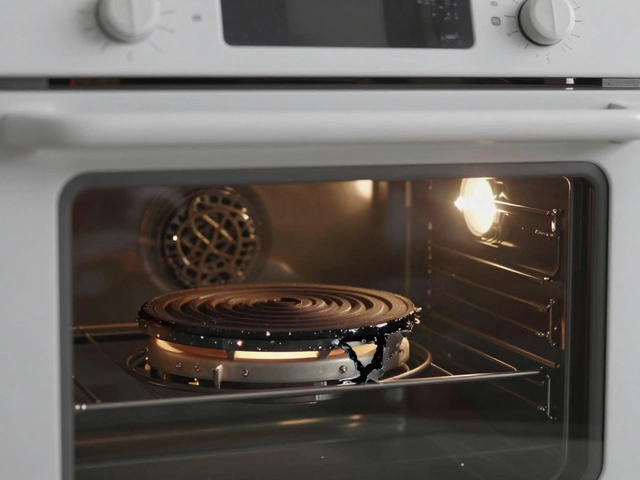Extractor Fan Servicing: What You Need to Know
When working with extractor fan, a device that pulls moist air, steam, and odors out of kitchens or bathrooms to keep indoor air fresh. Also known as kitchen extractor, it’s a core part of any home ventilation system. Proper ventilation, the process of exchanging indoor air with fresh outdoor air relies on the right fan size, airflow rating (CFM), and noise level. In the UK, building regulations often require a fan that can move at least 30 CFM for a standard kitchen, and lower noise ratings (below 45 dB) are preferred for comfort.
Why Proper Servicing Matters
Extractor fan servicing encompasses three main actions: cleaning the filter and ducts, checking the motor and wiring, and testing the airflow. A clean filter restores the fan’s efficiency, while a motor that runs hot or makes unusual sounds usually signals a bearing issue that needs professional attention. Regular airflow testing ensures the fan still meets the required CFM; a drop of more than 20 % usually means a blockage or wear. These steps are not optional – they keep the fan compliant with UK building regulations, reduce energy bills, and prevent mold growth caused by lingering moisture.
Who should handle these tasks? In most cases, a qualified electrician, a certified professional trained to work with electrical appliances safely or a specialised ventilation technician can perform the full service. Electricians bring the know‑how for motor rewiring, while ventilation specialists understand duct design and proper fan placement. The relationship is clear: proper ventilation requires correctly sized extractor fans, and correctly sized fans need skilled electricians or ventilation experts for installation and maintenance. Ignoring any part of this chain can lead to poor performance, higher noise, or even safety hazards.
Beyond safety, regular servicing adds years to a fan’s life. A fan that’s cleaned and checked annually can last 10‑15 years, whereas neglect can halve that span. Common problems you’ll spot during a service include clogged grease filters, loose wiring, fan blade wobble, and reduced airflow due to duct bends. Each issue ties back to one of the key attributes: filter condition, motor health, or airflow rating. Fixing them early saves money – a simple filter swap costs under £20, while a motor replacement might run £120‑£200, still cheaper than replacing the whole unit.
Below you’ll find a curated collection of articles that dive deeper into every aspect mentioned here. From choosing the right fan type and understanding CFM numbers to troubleshooting noisy fans and learning when to call an electrician, our posts give you actionable steps and real‑world examples. Whether you’re a DIY‑enthusiast looking to clean a filter or a homeowner deciding if a professional service is worth it, the following guides will equip you with the knowledge you need to keep your extractor fan running smoothly."
Wondering if extractor fans actually need regular servicing? This article breaks down why ignoring maintenance can wreck performance, lead to expensive repairs, and mess with your air quality. Learn how to spot early warning signs and pick up tips for easy DIY cleaning. Make your extractor fan work better, last longer, and keep your home fresh without a ton of hassle.


